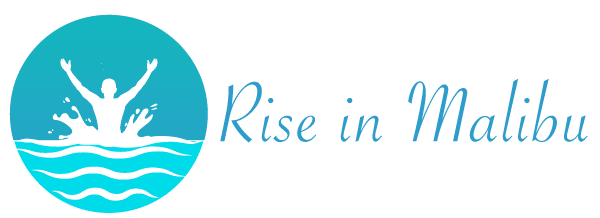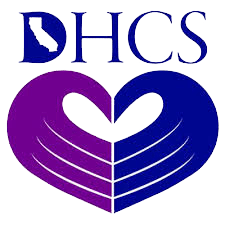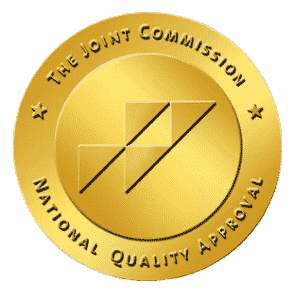Psychoactive drugs are also referred to as psychotropic drugs. Either term is used to describe a group of chemical substances that change someone’s mental state by altering how the brain and nervous system function. The changes in the brain those who use psychoactive substances experience generally include impacts to perceptions, moods, and (sometimes) consciousness.
Psychoactive substances are found in a variety of medications. They are also found in alcohol, illegal and recreational drugs, and some plants and animals.
Alcohol and caffeine are the two most commonly used psychoactive drugs. In most cases, people choose to consume psychoactive drugs by choice; however, there are situations where a person is “given” psychoactive drugs to alter their mental state for the sake of exploitation. A typical example of this occurs with the drug Rohypnol (the “date-rape” drug). Continued consumption of psychoactive drugs, even legal ones, can eventually lead to severe physical and psychological consequences. In some cases, detox and comprehensive addiction treatment may be required to wean off psychoactive drugs successfully.
List of Psychoactive Drugs to Be Aware Of
Psychoactive drugs are often classified or grouped in various ways. In some cases, they are grouped based on their chemical structure, their potential for addiction, or by how the U.S Drug Enforcement Administration views their potential for abuse (Schedule I-V). The most common method for classifying psychoactive substances is based on how they affect the person using them. These classifications help to better understand and be better aware of these drugs.
Stimulants
Stimulants work to increase actions within the body. Examples of the effects of stimulant drugs include increased energy, improved mood, excitability, and heightened alertness. Functions within the body such as heart rate, respiratory rate, and blood pressure are also elevated with stimulant use. Examples of stimulants include various substances, some of which are legal and used every day. Common stimulant drugs include caffeine, nicotine, amphetamines, and cocaine.
Depressants
Depressants tend to have the opposite effect of stimulants as they slow functions in the body. Common effects of depressant abuse include anxiety relief, muscle relaxation, and reduced tension. With excessive use, severe and sometimes fatal outcomes, including slow and shallow breathing, rapid and weak pulse, coma and death, can occur. Examples of common depressant drugs include alcohol and benzodiazepines (or tranquilizers).
Opioids
Opioid drugs are either naturally derived from the poppy plant or synthetically produced. Their most common effects include pain reduction, euphoria, confusion, slowed respiratory rate, and drowsiness. As with Depressant drugs, chronic or excessive use can lead to potentially dangerous side effects, including convulsions, respiratory arrest, coma, and death. The most commonly used (and abused) opioid drugs include prescription painkillers such as codeine, morphine, and oxycodone. Other psychoactive opioids to be aware of include heroin and fentanyl.
Hallucinogens
Hallucinogenic drugs result in various effects, including paranoia, hallucinations, and erratic or unpredictable behaviors. They can also lead to problems speaking, depression, memory loss, and difficulties focusing and thinking. Examples of psychoactive hallucinogens include mushrooms (psilocybin), acid (LSD), ketamine, PCP (phencyclidine), and peyote (mescaline).
Marijuana
In recent years, there has been a nationwide push to legalize marijuana in many states. Legal or otherwise, marijuana use still results in various psychoactive effects. Some of the most common include impaired concentration, euphoria, changes in sensory perception, memory problems, and impaired coordination. Marijuana is the only drug in its class.
Designer Drugs
Designer drugs are chemicals “produced” to mimic the effects of other psychoactive drugs. Their chemical composition is often unknown and evolving in an effort to replicate other stimulant or hallucinogenic drugs more closely. Unfortunately, the “unknowns” of these drugs produce significant challenges for medical staff, addiction treatment staff, and society in general. Drugs in this class include bath salts, mephedrone, W18, Spice, MXE, and many others.
If you or a loved one struggles with psychoactive substance use, it is essential to seek help at an addiction facility like Rise in Malibu, where you have the opportunity to detox from these powerful substances in a safe and supervised setting. While the effects of these drugs are indeed strong, in some cases, the symptoms that arise during withdrawal are equally if not more powerful and often challenging to manage. Sobriety is not out of reach. Contact the admissions team at Rise in Malibu to learn more about how our programs can help you defeat your dependence on psychoactive substances.







